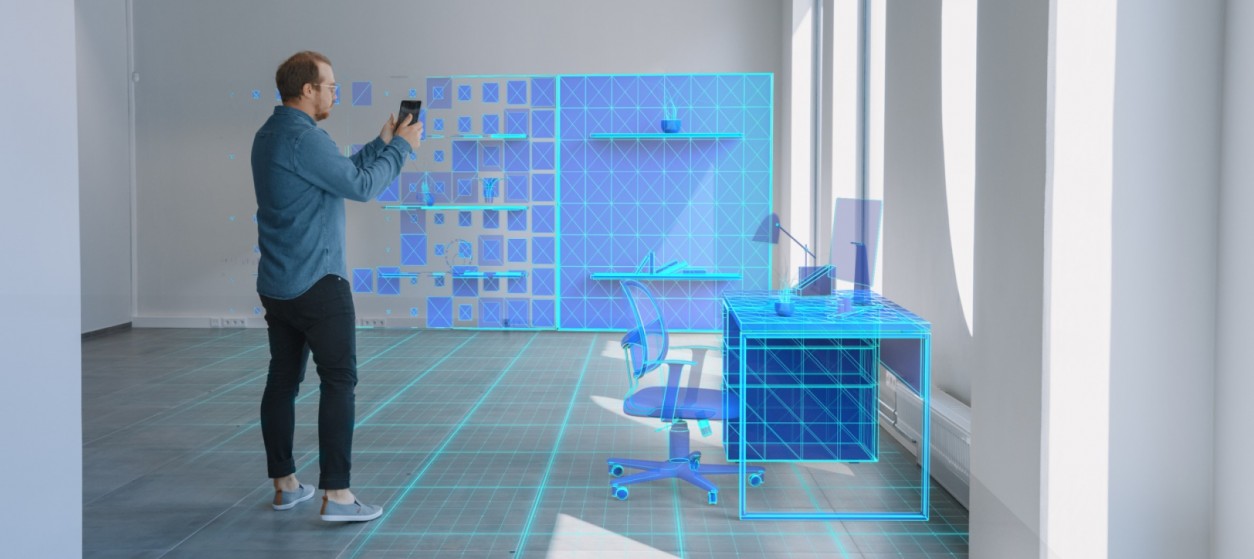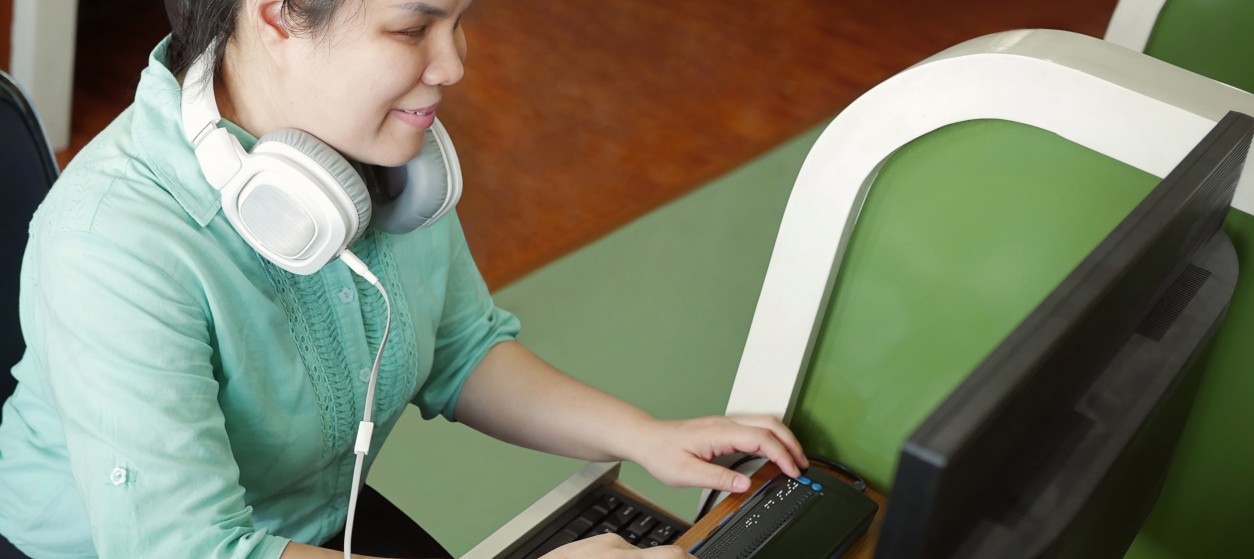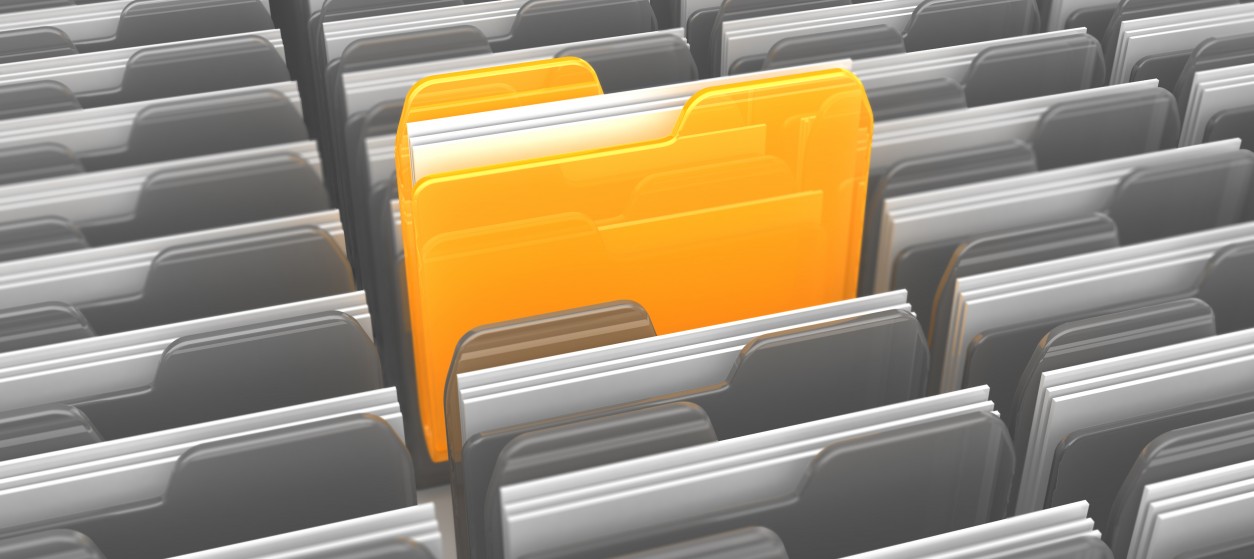In recent years, the retail industry has undergone a dramatic transformation. This transformation is driven by the convergence of digital and physical shopping experiences. It is about a fusion of the online and offline worlds, often referred to as the “phygital revolution”, which is gradually reshaping how consumers interact with brands and make purchases. At the heart of this revolution is the integration of digital technologies that enable a seamless transition between online and offline shopping environments. This integration is creating the so-called “hybrid” shopping experiences. These innovations are not just about convenience: They are about delivering a seamless customer experience that meets the evolving expectations of modern consumers.
Phygital: The Rise of Hybrid Shopping Experiences
The term phygital—a blend of ‘physical’ and ‘digital’—captures the essence of this new retail paradigm. It refers to the merging of physical in-store experiences with digital technologies in ways that create an integrated, interactive, and personalized shopping journey. This shift is driven by technological advancements such as Mobile Apps, augmented reality (AR), Artificial Intelligence (AI), and advanced Data Analytics. These advancements enable retailers to blur the lines between e-commerce platforms and their brick-and-mortar stores.
In the scope of a phygital world, customers can browse products online, visit a store to see them in person, and complete their purchase through a mobile app or website. Alternatively, they might start their journey in-store (e.g., using digital kiosks or AR tools) to explore product options before making a final decision online. This hybrid approach offers consumers greater flexibility and choice, while at the same time allowing them to engage with brands on their own terms.
Key Technologies Driving the Phygital Revolution
Several key technologies are enabling this convergence of online and offline shopping experiences:
- Mobile Apps: In recent years, retailers like Nike have developed sophisticated mobile apps that allow customers to browse products, customize items, and even pick up orders at nearby stores. These apps bridge the gap between digital browsing and physical purchasing. They offer features like inventory checks and in-store navigation.
- Augmented Reality (AR): AR is transforming how customers interact with products. For example, the popular beauty retailer Sephora uses AR tools that allow customers to virtually try on makeup before making a purchase. This technology enhances the in-store experience by providing an interactive layer that helps customers visualize products in real-time.
- AI-Powered Personalization: AI-driven recommendation engines use customer data (e.g., browsing history, past purchases, customers’ preferences) to offer personalized product suggestions both online and in-store. This level of customization creates a more engaging shopping experience, which is typically tailored to individual needs.
- Omni-Channel Integration: The integration of multiple sales channels (e.g., online stores, physical locations, mobile apps) into a single cohesive system is central to phygital retailing. It allows customers to move seamlessly between channels while enjoying consistent service across all possible retail touchpoints.
Towards a Seamless Customer Experience: The New Standard
The ultimate goal of the phygital revolution is to provide a seamless customer experience. In today’s competitive retail landscape, consumers expect frictionless transitions between online and offline interactions. Whether they are browsing products on an e-commerce site or visiting a physical store, they want consistent branding, personalized recommendations, and flexible purchasing options. Some of the key enablers of the phygital experience are:
- Omni-Channel Fulfillment: A key component of delivering this seamless experience is omni-channel fulfillment, which refers to retailers’ ability to fulfill orders from any sales channel, while maintaining real-time visibility into inventory levels. Based on omni-channel fulfillment systems, customers can order products online for home delivery or opt for services like ‘click-and-collect,’ where they pick up items from a nearby store. This flexibility empowers consumers with choice while ensuring that their shopping journey remains uninterrupted. Retailers like Starbucks have excelled at integrating their digital platforms with physical locations. Through its mobile app, Starbucks allows customers to place orders ahead of time for quick pickup at their nearest store. This not only saves time but also enhances customer loyalty by offering rewards for repeat purchases.
- Personalization Across Channels: Another critical aspect of creating a seamless customer experience is personalization. Based on data analytics and AI technologies, retailers can deliver highly customized shopping experiences across both digital and physical environments. For instance, when customers shop online at, they can receive personalized product recommendations based on their previous interactions with a brand. Accordingly, when they visit a physical store, this data can be used to guide in-store interactions as well.
Overall, the ability to offer such tailored experiences across multiple channels fosters deeper customer engagement and strengthens brand loyalty.
Benefits for Retailers
The phygital revolution offers significant advantages for retailers who embrace it, including:
- Increased Sales Opportunities: The integration of online and offline channels enables retailers to reach a broader audience. It also encourages impulse purchases through flexible fulfillment options like ‘buy online, pick up in-store’. This approach opens up new revenue streams, as it supports diverse consumer preferences.
- Improved Inventory Management: With real-time inventory visibility across all channels, retailers can optimize stock levels. This reduces the risk of stockouts or overstocking while ensuring that customers always have access to the products they want.
- Enhanced Customer Loyalty: A seamless shopping experience that meets consumers’ expectations for convenience and personalization helps build long-term loyalty. When customers feel that their needs are being met consistently across all touchpoints, they are more likely to return for future purchases.
Understanding the Challenges Ahead
While the benefits of phygital retailing are clear, there are challenges that retailers must address to fully capitalize on this trend, including:
- Technological Integration: Successfully merging digital and physical channels requires robust technology infrastructure. Retailers need systems capable of synchronizing data across platforms in real-time while ensuring smooth operations behind the scenes.
- Operational Efficiency: Balancing inventory levels across multiple channels while optimizing order fulfillment processes can be quite complex. Retailers must therefore invest in efficient logistics solutions that streamline operations without compromising on speed or accuracy.
- Meeting Customer Expectations: As consumers become accustomed to seamless shopping experiences, their expectations will continue to rise. Retailers must stay ahead of these demands by continuously innovating and adapting their strategies in response to changing market trends.
Looking Ahead: The Future of Phygital Retail
In the next years the phygital revolution will continue to shape how consumers shop. The lines between online and offline retail will blur even further as new technologies (e.g., virtual reality (VR), voice commerce solutions) emerge and as AI becomes even more sophisticated. For retailers willing to invest in these innovations now, there is enormous potential not only for increased sales but also for deeper connections with customers. Ultimately, those who succeed will be those who understand that today’s shoppers want more than just products. Specifically, shoppers want experiences, which are tailored specifically for them at every step of their customer journey.
We have already entered an exciting era where hybrid shopping experiences redefine what it means to shop both online and offline. The phygital revolution is here, and it’s transforming retail into something more dynamic than ever before.










